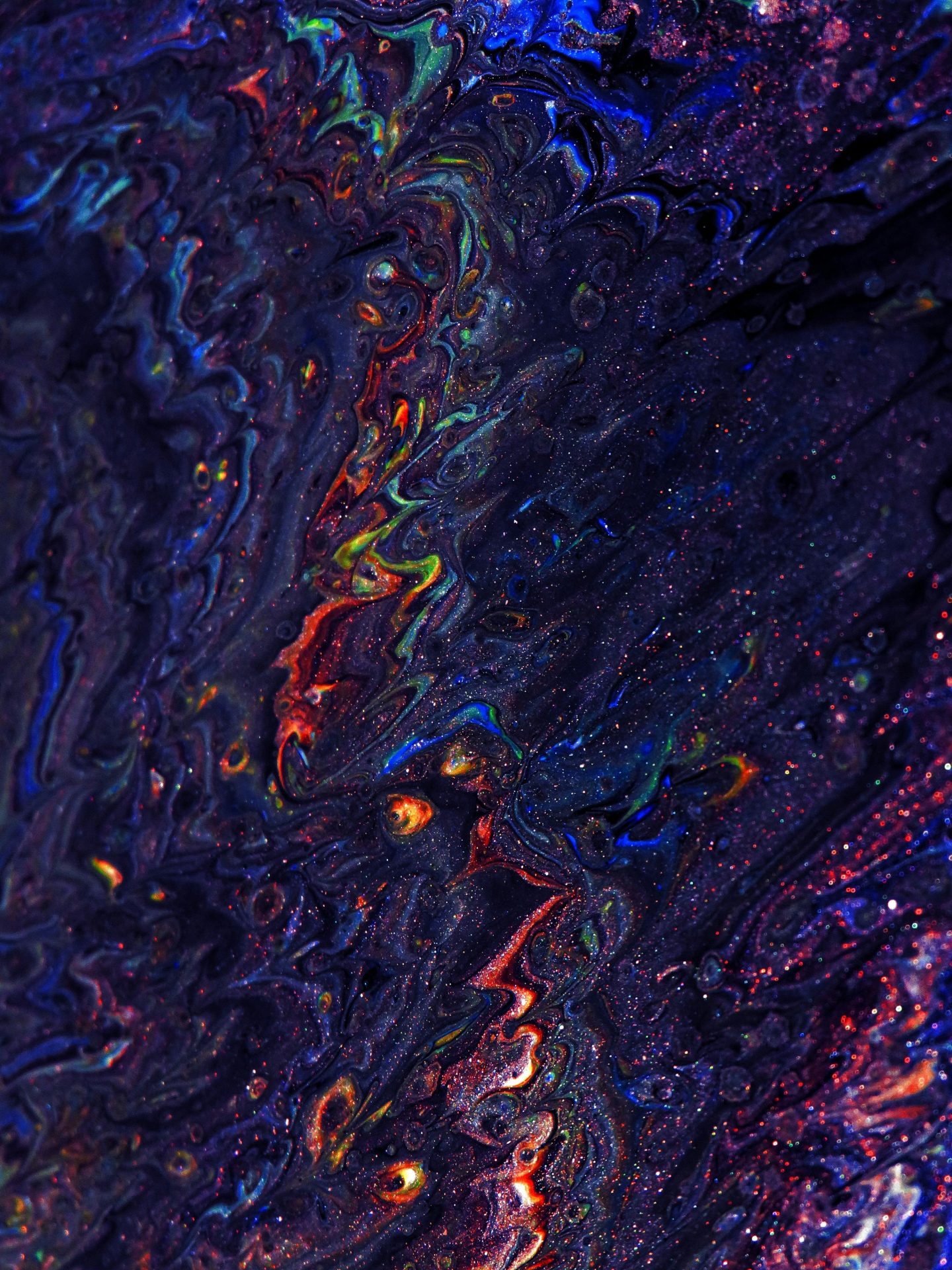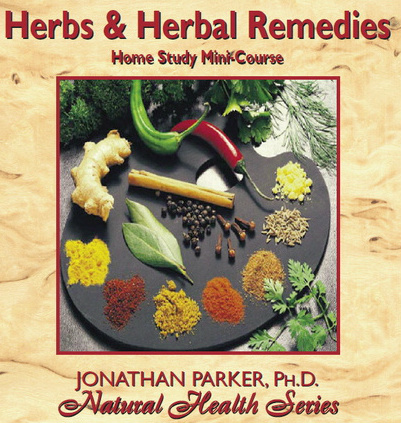How to Make Herbal Infusions and Tinctures

Hey there, amazing readers! 🖐️ Just a quick note: yes, we know there are a lot of ads here. Trust us, we get it—it’s not the prettiest look, but they help us keep this blog alive and kicking. Those pesky little ads cover the costs of all the behind-the-scenes magic, from hosting and tech stuff to creating content we hope you’ll love.
We’re committed to delivering quality posts, and your support (even just sticking around despite the ads) means everything to us. So, bear with us, and thanks for helping us keep the good vibes rolling. Now, on to the fun stuff! 😉
TRANSLATE BUTTON AT THE END OF THE ARTICLE
A Quick Overview
Herbal infusions and tinctures have been cherished for centuries, offering a gateway into the world of natural remedies.
There’s something magical about transforming dried herbs into potent, flavorful concoctions.
Whether you’re looking to soothe a sore throat with a warm infusion or harness the power of a tincture for supported well-being, the process can be as satisfying as the results.
In this guide, we will explore everything you need to know about making herbal infusions and tinctures.
From selecting the right herbs to crafting your own tinctures, this comprehensive approach will empower you to take charge of your herbal journey.
Let’s dive in!
Discover the Magic of Herbal Infusions and Tinctures
Herbal infusions and tinctures are powerful tools in the garden of wellness.
Infusions typically involve steeping herbs in hot water, allowing their flavors, nutrients, and medicinal properties to be extracted.
Think of it as brewing a cup of tea but with a wider array of herbs and benefits!
Tinctures, on the other hand, are concentrated herbal extracts made using alcohol or glycerin.
They capture the essence of the herbs and can be taken in small doses for potent effects.
Both methods hold a wealth of benefits, from aiding digestion to reducing stress.
What I love about these herbal preparations is their versatility.
You can create soothing blends for a cozy night in or energizing concoctions for a burst of daytime vitality.
Plus, the process of making them can be a meditative experience.
As you embark on this herbal adventure, remember that patience is key.
The magic happens slowly, giving you time to connect with the plants and their healing properties.
Gather Your Supplies: What You’ll Need to Get Started
Before diving in, let’s gather our tools and materials.
Don’t worry; you won’t need a fancy laboratory.
Here’s a simple checklist:
Herbs: Choose dried or fresh herbs based on your needs.
Water: For infusions; filtered water is often best.
Alcohol or Glycerin: For tinctures, 80-100 proof alcohol is ideal.
Glass jars: Use dark-colored jars if possible, as they help preserve the tinctures.
Strainer or cheesecloth: For infusions, to separate the herb from the liquid.
Labels and markers: To keep track of your creations.
Measuring cups: For accurate proportions.
A pot or kettle: To heat your water.
Having everything ready can make the process more enjoyable.
Think of it as preparing a lovely meal where every ingredient has its place.
Choosing the Right Herbs for Your Infusions
Choosing herbs is like picking the right flavors for a dish—you want what suits your taste and needs.
Think about what you want to achieve with your infusion or tincture.
Here are some popular herbs to consider:
Chamomile: Great for relaxation and sleep.
Peppermint: Excellent for digestion and a refreshing taste.
Lemon Balm: Uplifting and calming, perfect for stress relief.
Hibiscus: Tart and fruity; good for heart health.
Echinacea: Supports the immune system.
You can also experiment!
Mixing herbs can lead to delightful new flavors and effects.
I once combined lemon balm and ginger for a cozy winter infusion that warmed me right up!
Keep in mind that some herbs have specific medical properties, so do a little research or consult a herbalist if you’re looking for something targeted.
The Art of Herbal Infusion: Step-by-Step Guide
Making herbal infusions is straightforward and rewarding.
Here’s how to do it:
Choose Your Herbs: Decide on the herbs you want to use and gather them.
Measure the Herbs: A common ratio is 1 tablespoon of dried herbs or 2 tablespoons of fresh herbs for every cup of water.
Boil Water: Bring water to a boil but don’t let it bubble for too long as it can lose heat.
Combine: Place the herbs in a teapot or heatproof jar and pour the hot water over them.
Steep: Cover and let steep for 10-15 minutes.
The longer it steeps, the stronger the flavor and benefits.
Strain: Use a strainer or cheesecloth to separate the liquid from the herbs.
Taste and Enjoy: Add honey, lemon, or any sweetener you like to enhance the flavor.
And there you have it!
A simple yet delicious herbal infusion that can brighten your day.
Exploring Types of Infusions: Hot and Cold Methods
Infusions can be made using hot or cold methods, each with its benefits.
Hot Infusions: This is the method we just discussed.
It extracts flavors and nutrients quickly and is comforting, especially in colder months.
Perfect for herbs like chamomile and peppermint, which release their magic swiftly.
Cold Infusions: This method takes longer but is excellent for delicate flowers and leaves.
To make a cold infusion:
Place herbs in cold water.
Let them steep in the fridge for 12-24 hours.
Strain and enjoy!
Cold infusions provide a refreshing alternative, perfect for hot summer days.
I love making a pitcher of hibiscus cold infusion with fresh mint—it’s like a healthy herbal soda!
Tinctures 101: What They Are and How to Use Them
Tinctures are the concentrated cousins of herbal infusions.
They capture the essence of the herb in a small, potent form.
This means a little goes a long way!
To use tinctures, you typically take a few drops (often in water or tea) rather than a full cup.
They are ideal for on-the-go support or when you need something concentrated.
Tinctures can last for years if stored correctly.
This means you can create a stash and pull from it as needed.
Just remember that because tinctures are potent, always read the instructions and consult a health professional if you’re unsure.
Crafting Tinctures: A Simple Recipe to Try Today
Making tinctures is a rewarding process.
Here’s a straightforward recipe to get you started:
Choose Your Herb: Opt for dried herbs like echinacea or dried ginger.
Measure: Use a ratio of 1 part herb to 5 parts alcohol.
For example, 1 ounce of herb to 5 ounces of alcohol.
Combine: Place the herbs in a glass jar and cover with the alcohol.
Make sure the herb is fully submerged.
Seal and Shake: Seal the jar tightly and give it a good shake.
Store: Keep it in a cool, dark place for 4-6 weeks.
Shake it every few days.
Strain and Store: After the steeping time, strain the mixture into a clean jar.
Label and date it!
Now, you have a homemade tincture ready to support your health.
It’s like bottling a bit of nature!
Understanding Alcohol vs. Glycerin for Tinctures
When crafting tinctures, you have the option of using alcohol or glycerin.
Both have their benefits.
Alcohol: It extracts a wider range of compounds from the herbs, making it a strong choice for medicinal tinctures.
The higher the proof, the better the extraction.
Glycerin: This option is sweeter and alcohol-free, making it suitable for kids or those avoiding alcohol.
While it’s effective, it may not extract the full range of herb properties like alcohol does.
Choosing between the two often comes down to personal preference and what you’re comfortable with.
I’ve found that having a mix of both in my herbal cabinet is a good approach!
Storing Your Infusions and Tinctures for Freshness
Proper storage is key to keeping your herbal creations fresh and effective.
For infusions:
Store them in the fridge and use within a week.
Use airtight glass containers to maintain flavor.
For tinctures:
Keep them in a cool, dark place, away from direct sunlight.
Use dark glass bottles to protect them from light.
Always label your creations with the date and contents.
This makes it easier to track freshness and know what you have on hand.
Creative Ways to Enjoy Your Herbal Creations
Now that you have your beautiful infusions and tinctures, how do you enjoy them?
Here are some fun ideas:
Infusion as a Base: Use herbal infusions to make refreshing cocktails or mocktails.
Add to Smoothies: A splash of tincture or infusion can give your smoothie an herbal twist.
Herbal Baths: Use strong infusions as a soothing bath soak for skin benefits.
Cooking with Infusions: Use them in salad dressings or as a flavorful broth for soups.
The possibilities are endless!
Each sip or drop can be a small ritual, connecting you back to nature and wellness.
Common Mistakes to Avoid When Making Infusions
Even the best herbalists can stumble, so here are some pitfalls to watch out for:
Using Too Few Herbs: It’s tempting to skimp, but more herbs usually mean more flavor and benefits.
Not Straining Properly: Leftover herbs can make the infusion bitter.
Ignoring Ratios: Don’t throw in herbs willy-nilly; stick to recommended ratios for effectiveness.
Storing Improperly: Follow storage guidelines to avoid spoilage.
By avoiding these common mistakes, you’ll find the process smoother and the results more rewarding.
Celebrate Your Herbal Journey: Share and Enjoy!
As you explore the world of herbal infusions and tinctures, remember to share your creations with friends and family.
It’s a wonderful way to spread joy and knowledge about natural remedies.
Host a small tea party showcasing your infusions or gift tinctures to loved ones.
Sharing your passion makes the journey even sweeter.
Reflect on what you’ve learned and the connections you’ve made with nature.
Each infusion or tincture is a story waiting to be shared, a testament to your exploration of herbal wisdom.
Conclusion
Making herbal infusions and tinctures is a delightful adventure that connects us to the natural world.
With just a few simple ingredients and steps, we can create powerful remedies that support our well-being in many ways.
So go ahead, gather your herbs, and let the magic unfold.
Remember, the journey is just as important as the destination.
Enjoy every sip, savor every drop, and embrace the learning along the way.
Happy herbal crafting!

The Enlightenment Journey is a remarkable collection of writings authored by a distinguished group of experts in the fields of spirituality, new age, and esoteric knowledge.
This anthology features a diverse assembly of well-experienced authors who bring their profound insights and credible perspectives to the forefront.
Each contributor possesses a wealth of knowledge and wisdom, making them authorities in their respective domains.
Together, they offer readers a transformative journey into the realms of spiritual growth, self-discovery, and esoteric enlightenment.
The Enlightenment Journey is a testament to the collective expertise of these luminaries, providing readers with a rich tapestry of ideas and information to illuminate their spiritual path.
Our Diverse Expertise 🌟
While our primary focus is on spirituality and esotericism, we are equally passionate about exploring a wide range of other topics and niches 🌍📚. Our experienced team is dedicated to delivering high-quality, informative content across various subjects ✨.
To ensure we provide the most accurate and valuable insights, we collaborate with trusted experts in their respective domains 🧑🏫👩🏫. This allows us to offer well-rounded perspectives and knowledge to our readers.
Our blog originally focused on spirituality and metaphysics, but we’ve since expanded to cover a wide range of niches. Don’t worry—we continue to publish a lot of articles on spirituality! Frequently visit our blog to explore our diverse content and stay tuned for more insightful reads.






